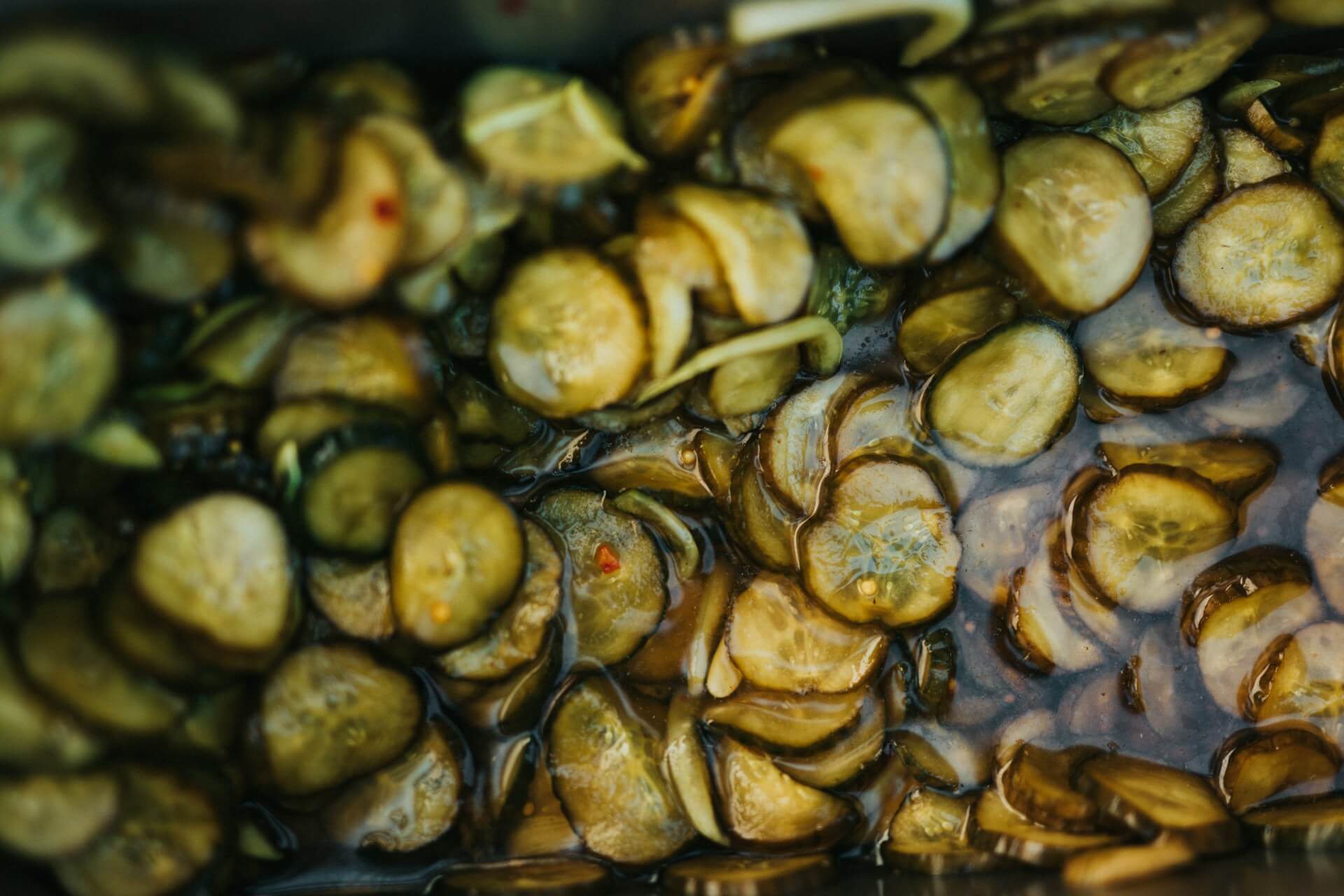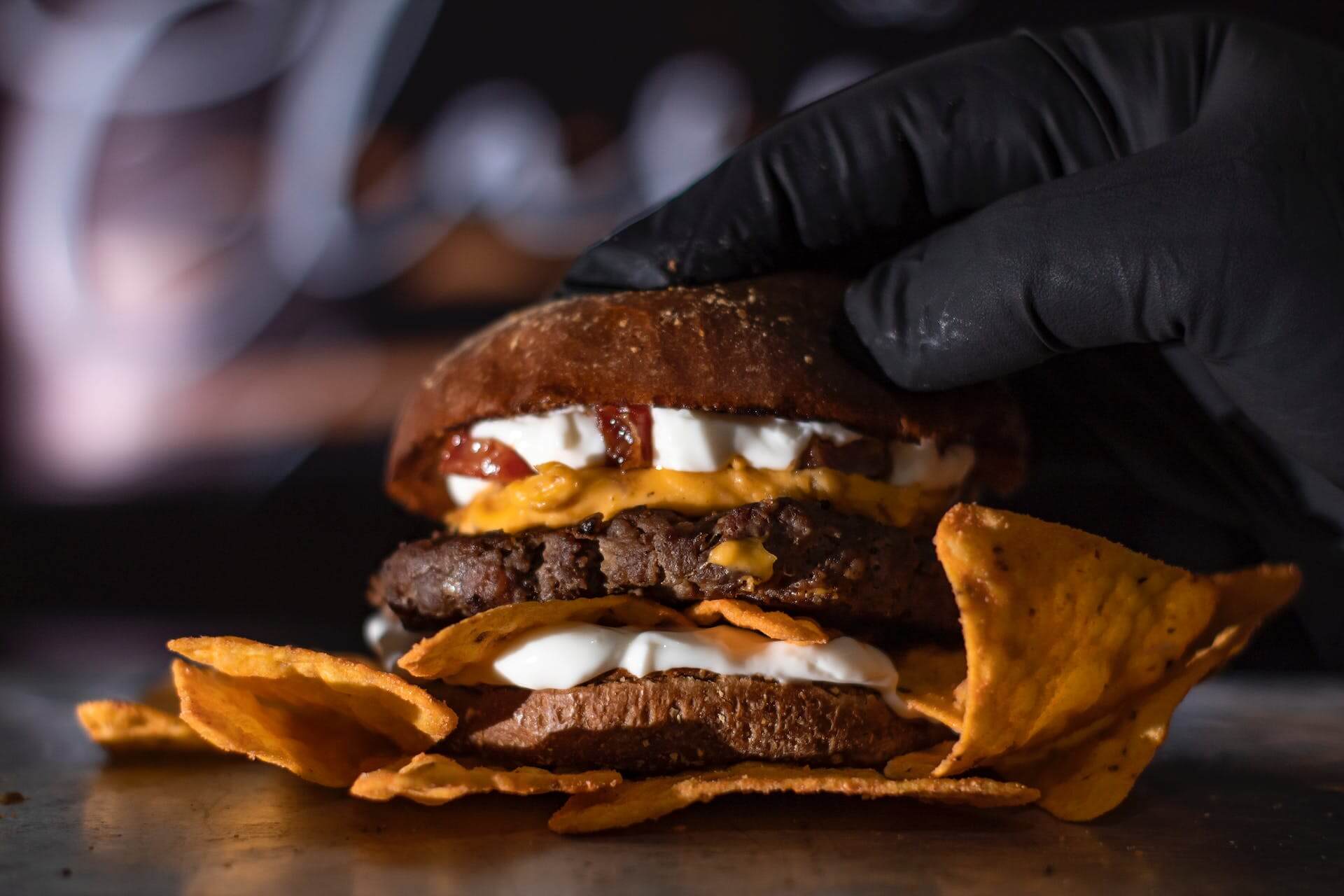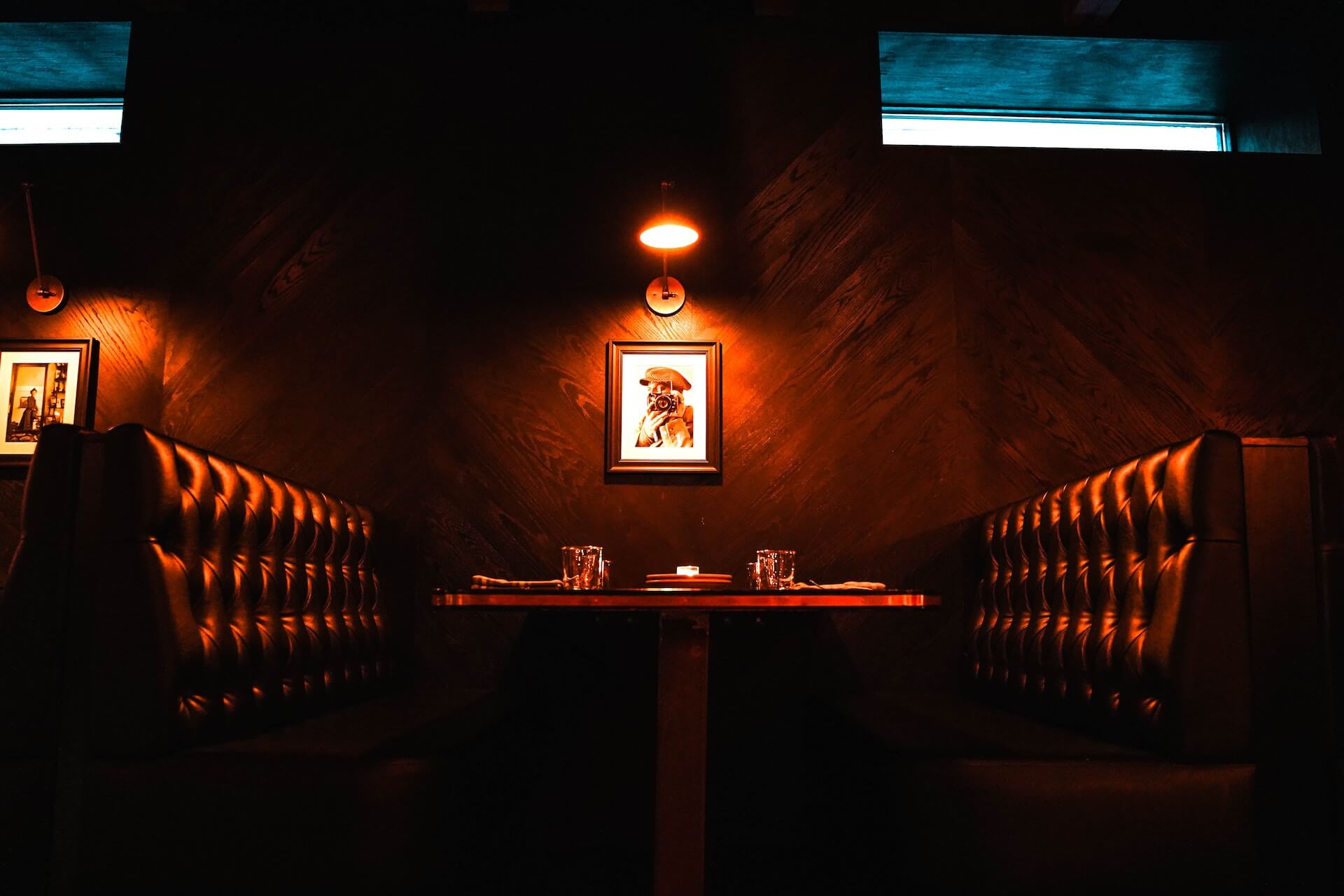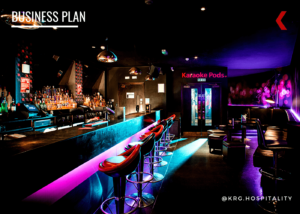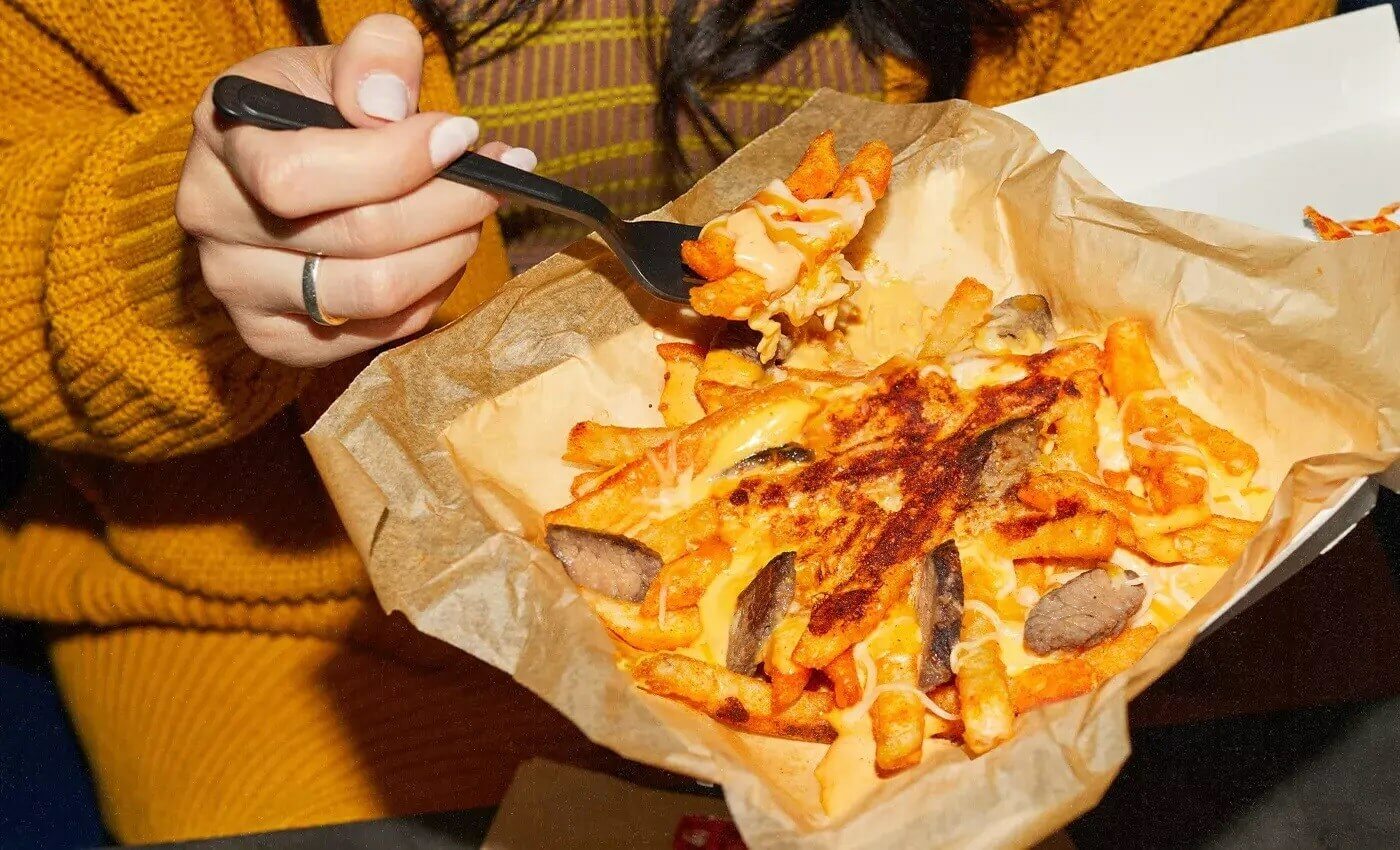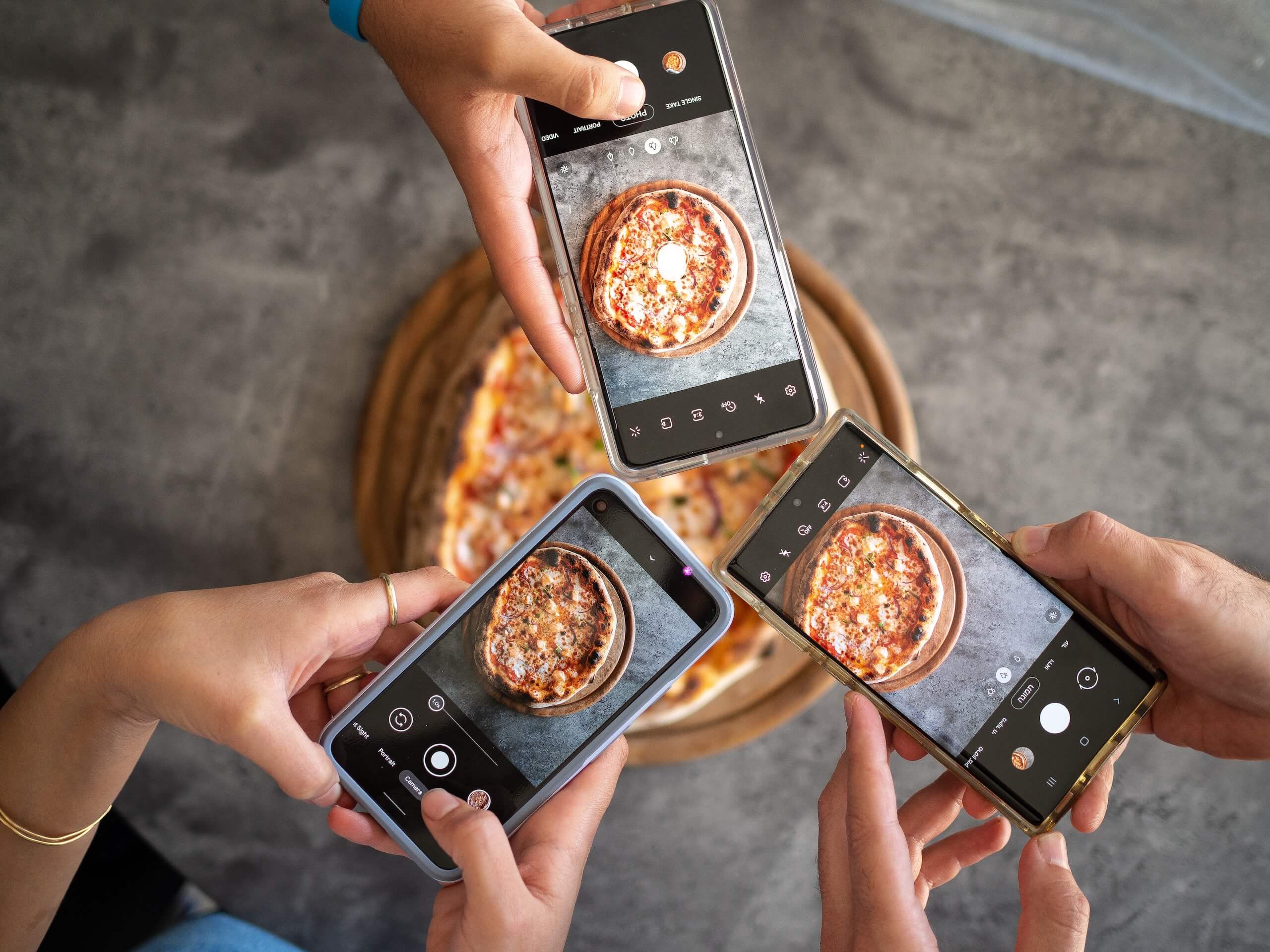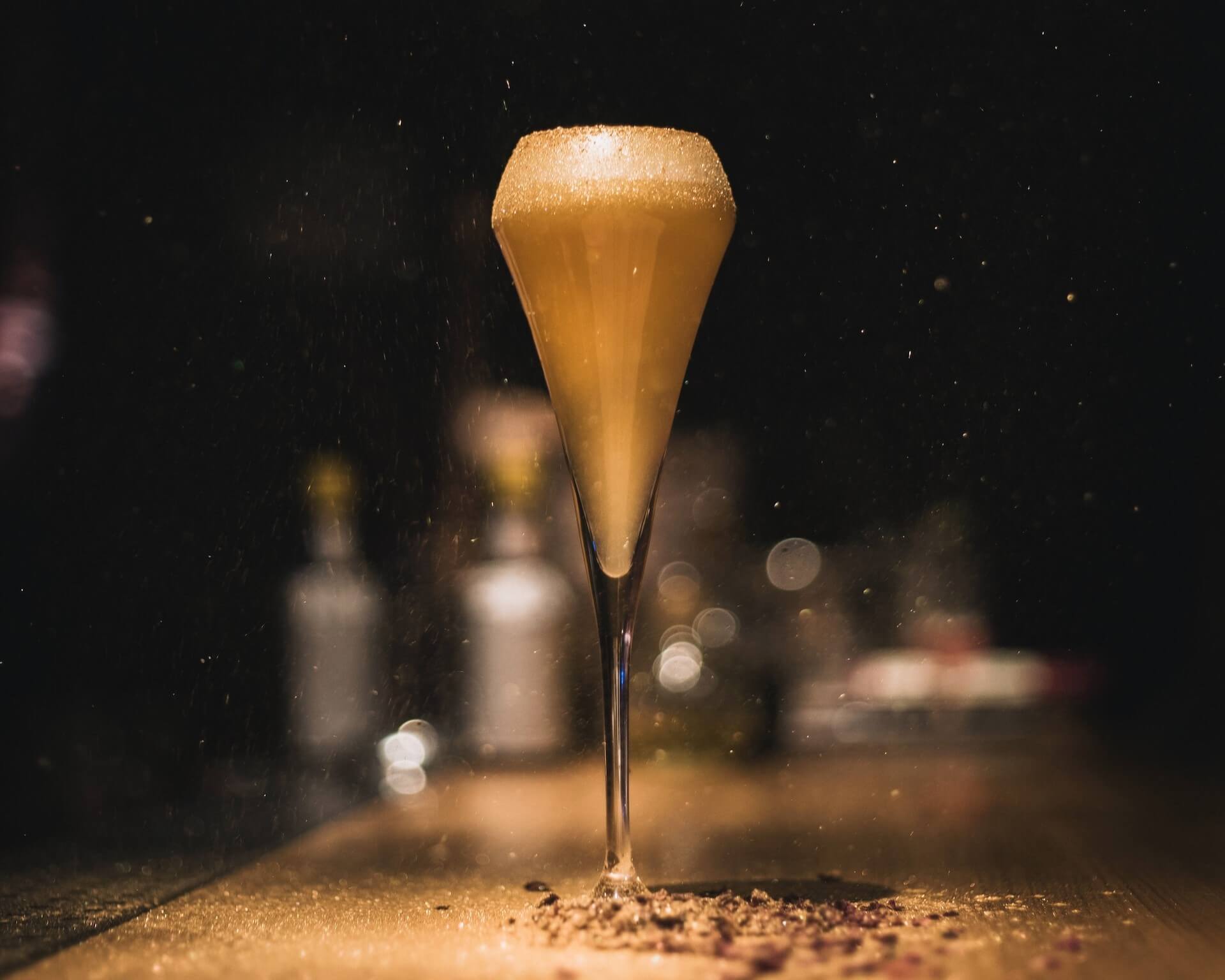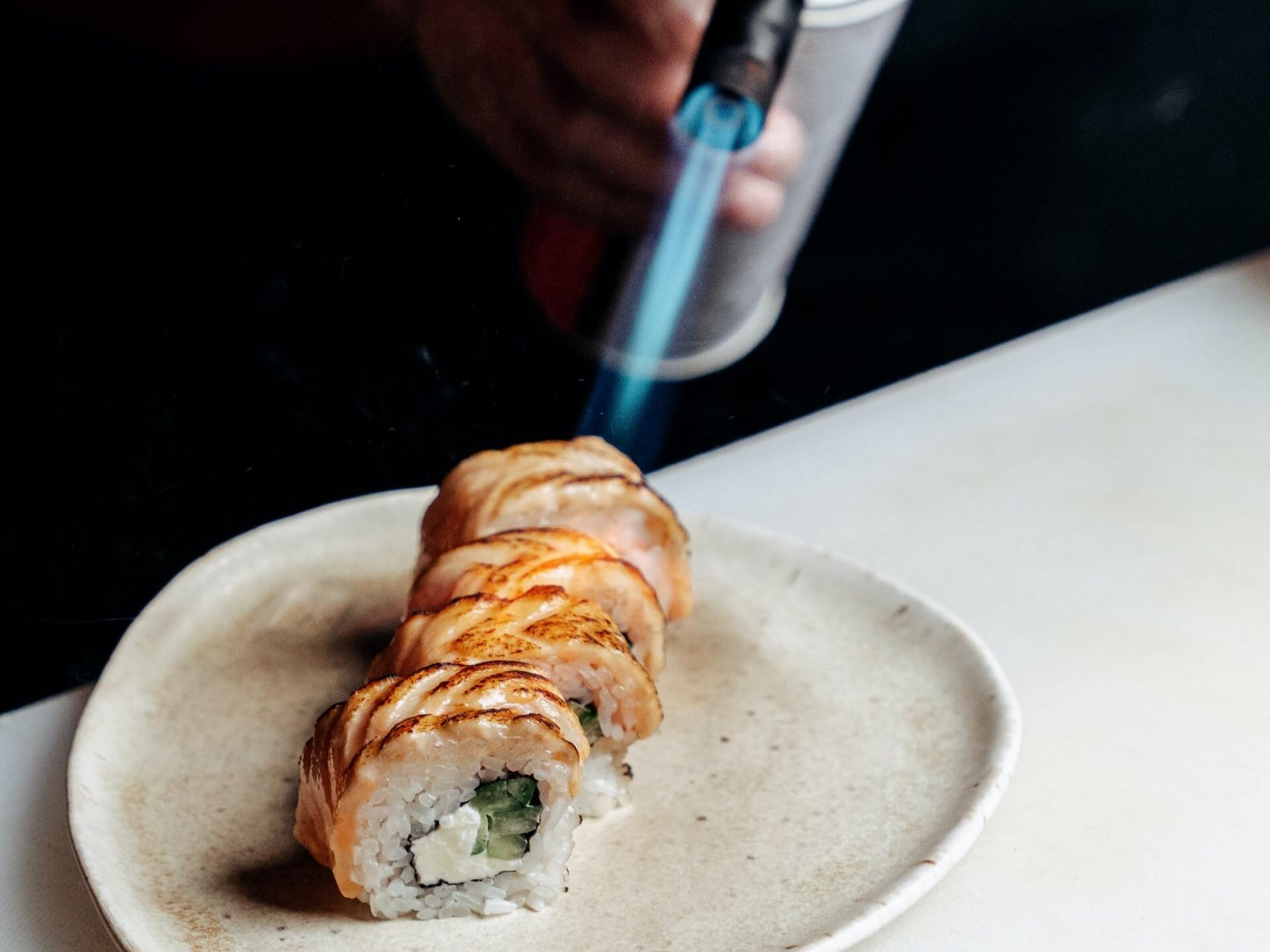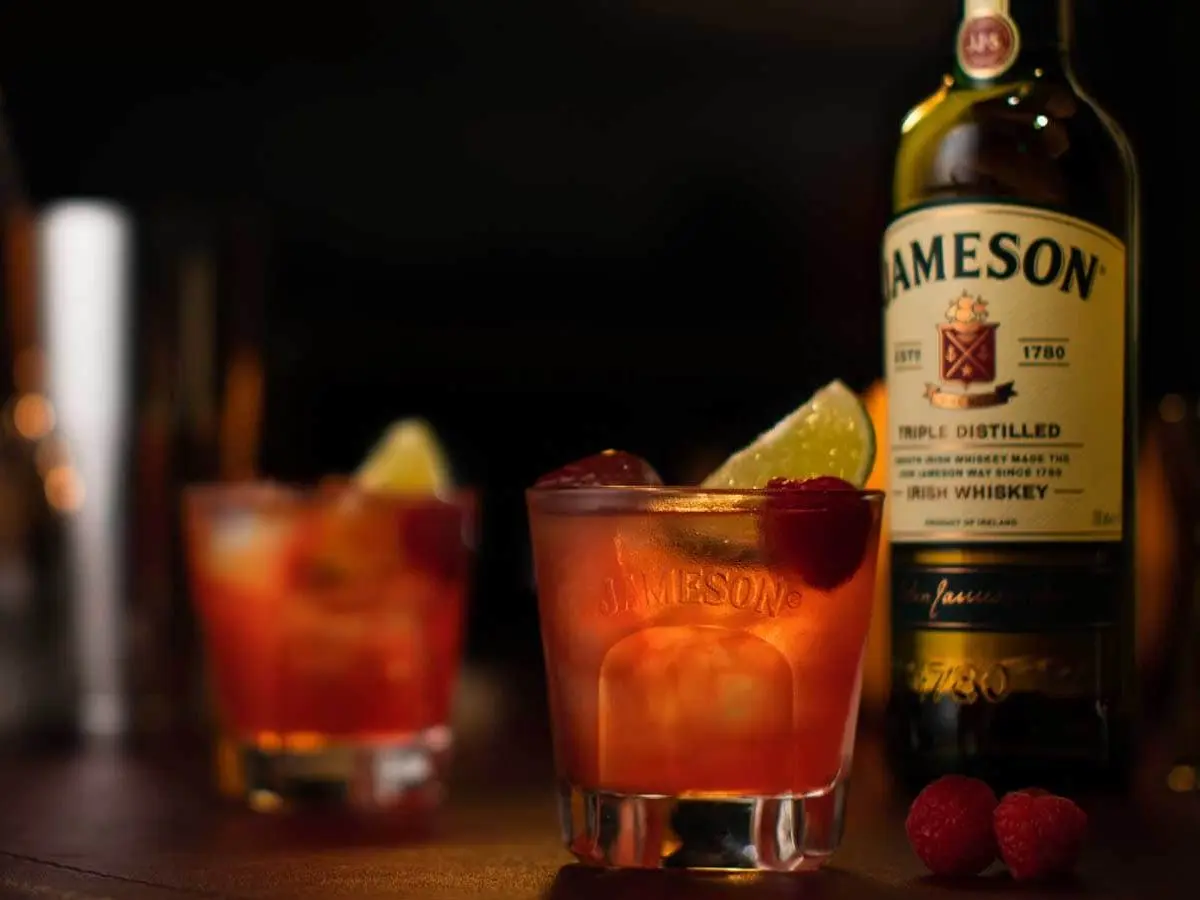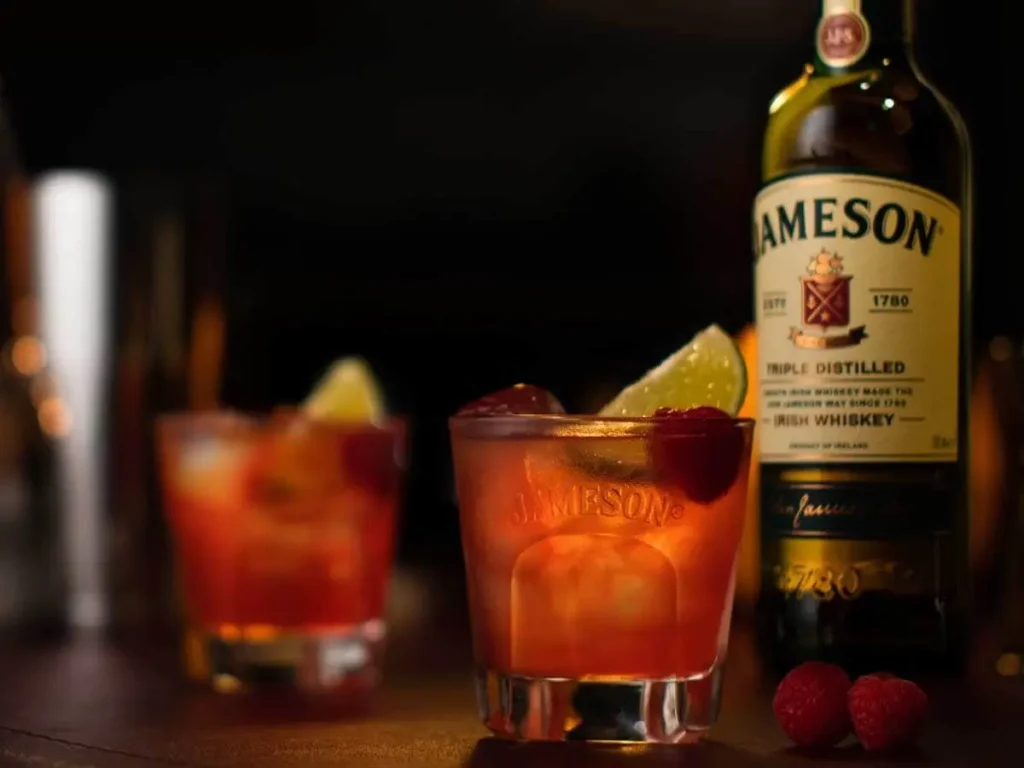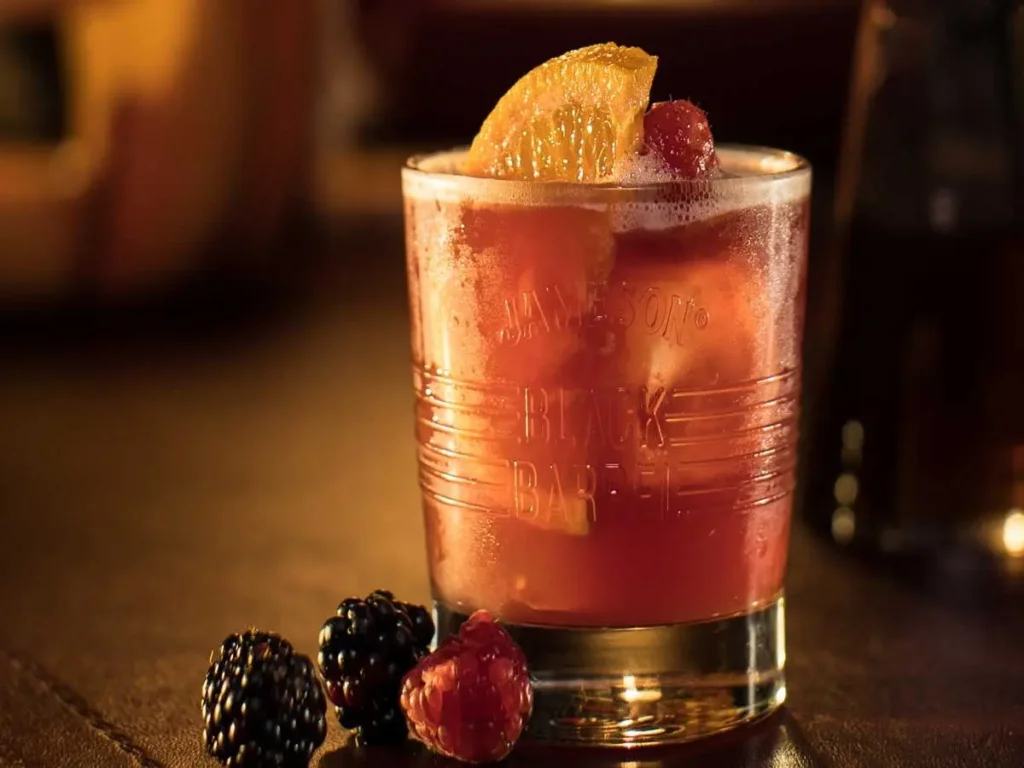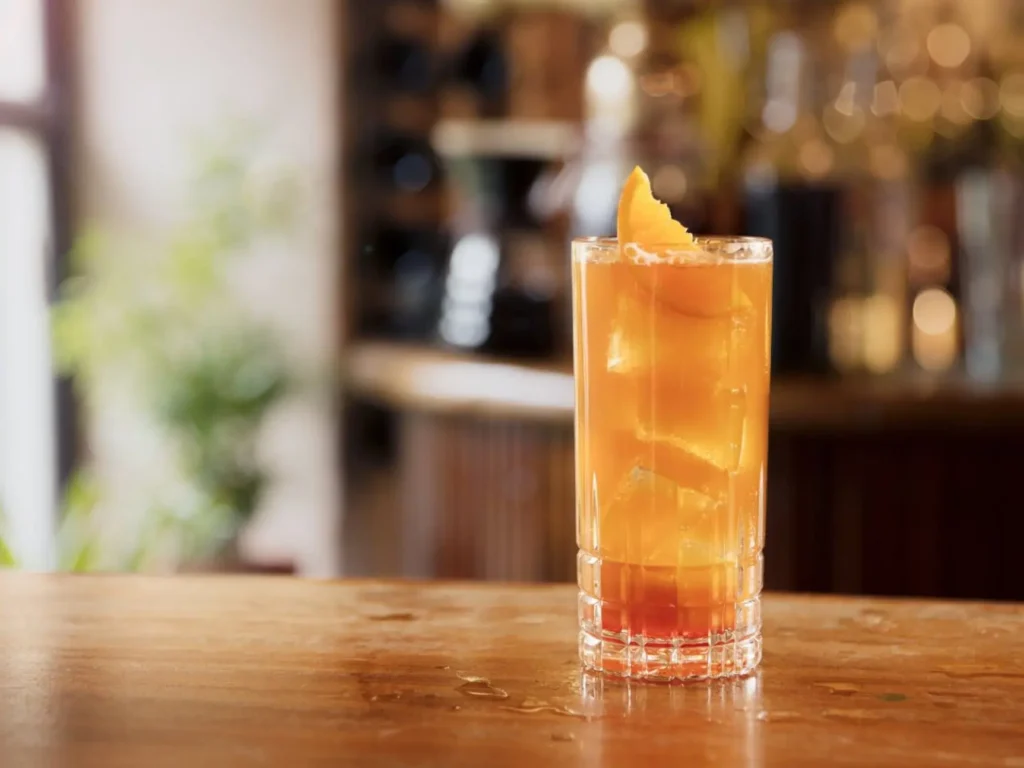2023 KRG Recap: Top Bar Hacks Episodes
by David Klemt

For your listening pleasure and convenience we’ve rounded up the top ten Bar Hacks episodes of 2023, also known as season four of the podcast.
Every year we reflect on the caliber of the guests who take time out of their busy lives to come onto the podcast. And every year we’re grateful for the honor of helping to share their stories and insights.
Below are the top ten Bar Hacks episodes of 2023. We’re presenting them in numeric order—no playing favorites here! To make it easy to enjoy these conversations, we’ve embedded the Spotify version of each episode.
And if you’re curious, these ten only just edge out the rest of this year’s episodes. We thank our loyal listeners for giving all of our guests and episodes a listen.
Cheers!
Episode 89 with Doug Radkey
Doug Radkey, co-founder and president of KRG Hospitality, stops by the Bar Hacks podcast. Not only is Doug the co-founder and president of KRG, he’s also the author of the book Bar Hacks and its followup Hacking the New Normal, and the creator of the Bar Hacks podcast.
During his visit, Doug and David talk about their expectations for 2023, what KRG is working on in the new year so far, the importance of technology in hospitality, and dynamic pricing versus dynamic menus. Doug also shares his thoughts on what operators can work on starting today to position themselves for success in 2023 and beyond.
Episode 90 with Mark Sansom
Mark Sansom, content director for the World’s 50 Best Bars, drops by the Bar Hacks podcast to share some big news. After years of dialing in the process and waiting out the pandemic, the World’s 50 Best Hotels will be revealed at a ceremony in September 2023! If you haven’t watched or attended a World’s 50 Best Bars ceremony, they truly take great pains to ensure they’re the Oscars of bar awards. So, we expect the World’s 50 Best Hotel awards ceremony to blow us out of the water.
This list and its accompanying specialty awards completes the hospitality and travel puzzle. Restaurants and bars, after all, are inextricably intertwined with hotels and resorts. Mark shares the details of the World’s 50 Best Hotels Academy Chairs, voting panel, and voting process in this episode. As a bonus, you’ll also get to hear host David Klemt try and fail to say “inaugural awards” without any issue!
Episode 93 with Adrián Michalčík
In September 2022, Adrián Michalčík earned the title of Diageo World Class Global Bartender of the Year. Colloquially, this achievement is known as the Best Bartender in the World. That’s a bold and weighty mantle but as you’ll learn during this conversation, Adrián is humble and focused on his team and guests.
Adrián is the director of mixology at the award-winning Pier 42 inside the Amerikalinjen hotel in Oslo, Norway. The bar has been recognized by the World’s 50 Best and has won Best Bar of Norway twice. In addition to taking home the title of 2022 Diageo World Class Global Bartender of the Year, Adrián has won several bartending competitions throughout the years.
He popped by the Bar Hacks podcast to chat with host David Klemt about his bartender journey. Adrián has worked in several types of bars and each helped him develop the skills that allowed him to elevate his skills behind the bar. Mentors, his endless quest for knowledge, his passion for hosting others, and his focus on empathy have informed his approach to team building, delivering top-level hospitality, and tapping into his creativity to develop Pier 42’s cocktail menus.
Adrián shares the three pillars he believes great bars are built upon, what he looks for in bar team members, transforming people from guests to friends, the importance of storytelling, and much more.
Episode 95 with Bob Peters
We know it’s been a few weeks. Between client projects and trade shows we had to take a little break. But we’re back!
And to make our absence up to you, our loyal listeners, we’re bringing you a great chat with an awesome guest. Bob Peters returns to the Bar Hacks podcast for episode 95!
Bob has big news to share, and you can hear in his voice how excited he is to share it with everyone. He’s taking on the perfect role. In fact, he calls it his dream job during this episode. Cocktails and cuisine are about to get even better in North Carolina and South Carolina…
But it doesn’t stop there! Bob also shares his approach to bar training to make sure everyone is engaged; his assessment of the Charlotte dining and drinking scene; a simple step all restaurants and bars can take today to improve operations, team engagement, and the guest experience; a very cool project he’s taking on; and more.
Episode 97 with Dragos Axinte
Dragos Axinte, the founder of Novo Fogo Organic Cachaça, returns to the Bar Hacks podcast. Axinte and Novo Fogo have been very busy since, his first appearance on the pod.
On this episode, Axinte shares the details and stories behind three important Novo Fogo initiatives and partnerships: Tree-keeper, with Seattle Sounders goalkeeper Stefan Frei, the Un-endangered Forest, and the brand’s new Chief Alegrias Officers (ChAOs), Sophie Hawley-Weld and Tucker Halpern, also known as SOFI TUKKER.
The two also discuss Axinte’s approach to partnerships—a philosophy that will serve operators and entrepreneurs very well—as well as distillers “discovering” amburana wood finishing. And, of course, Axinte shares product news and insights. If you’re headed to Tales of the Cocktail this year, you’re in for some incredible news. This conversation spans several topics and Axinte always imparts wisdom when he speaks in approachable and helpful ways.
Episode 99 with Michele Mariotti
Bartender Michele Mariotti leads an illustrious career. He has worked behind the bars at some of the best hotels around the world, including the Savoy in London and Mandarin Oriental in Singapore.
As of 2020, Michele has held the title head of bars at the Gleneagles Hotel in Perthshire, Scotland. In this role, he heads the programs at 11 F&B venues on the property, overseeing dozens of bar professionals.
On this episode, Michele and Bar Hacks podcast host David Klemt talk about mentorship, interviewing potential bartenders, menu development, using a flavor map when assigning new cocktail builds to bar team members, finding inspiration, interesting hotel guests, bespoke glassware, investing in platforms and programs that boost staff retention, and more.
Episode 101 with Ryan Chetiyawardana a.k.a. Mr. Lyan
Ryan Chetiyawardana, also known as Mr. Lyan, is one of the bar world’s true visionaries. He opened his first bar, White Lyan, in 2013 and the venue immediately achieved its intended purpose. Beyond being an award-winning bar and one of London’s best places to grab a drink, White Lyan started a much-needed conversation about sustainability in the industry.
Dandelyan, Lyaness, Super Lyan, Cub, and Silver Lyan would follow shortly after, making an even bigger splash not only in London but also Amsterdam and Washington, DC. All Mr. Lyan venues, while showcasing incredible innovation, accomplish something just as important: each bar is a place people to want to spend their time and money, and where professionals want to work.
During this fantastic conversation, Ryan shares insights into the menu programming processes at each venue; discusses seasonality; provides a look into hiring and engaging each team; the reissue of his book and his foray into the RTD cocktail space; and much more. Cheers!
Episode 102 with Jordan Bushell
Thank you for being patient during our summer hiatus. We’re back with a great conversation with an awesome guest.
Global Hennessy brand ambassador Jordan Bushell returns to the Bar Hacks podcast. While Jordan may know people with more Cognac knowledge, we don’t know anyone who knows more about this spirit category. More importantly, he’s as generous with his time as he is knowledgeable about Cognac. If you have a question about the spirit of Hennessy you can reach out to him and he’ll answer you.
On this episode of Bar Hacks, Jordan talks about special Hennessy releases, initiatives, collaborations, and what sets the maison apart from others in the Cognac region of France. He also talks about how operators can introduce guests to Cognac and Hennessy, including paying attention how they price their menus. Cheers!
Episode 104 with Simone Caporale
Simone Caporale, an internationally renowned bartender and operator, swings by the Bar Hacks podcast to talk spirits, branding, the guest experience, and operations.
Noticing a gap in the industry and seeing a way to lend his expertise to help grow spirits brands, Simone and Luca Missagli founded Cocktail Concierge, a brand-building agency focusing on craft spirits brands. One of the most recent brands Cocktail Concierge has helped introduce to the world is Amaro Santoni.
Of course, Simone is also one of forces behind SIPS Drinkery House, number three on the World’s 50 Best Bars list, and the World’s Best Bar according to Tales of the Cocktail. Simone shares his thoughts on what he thinks makes SIPS so successful, why he views service as a privilege, three tips operators can implement today to plant the seeds for long-term success, and more!
Episode 107 with Anne Becerra
When it comes to curating a beer program, creating a complementary cocktail program, and delivering an incredible beer program, we can’t think of anyone better than Anne Becerra. And lucky for us, she stopped by the Bar Hacks podcast!
Anne is the first female Certified Cicerone in New York City and has been working in beer for more than a decade. More importantly, however, she’s as passionate as she is educated about beer. Anne’s also passionate about hospitality, which comes across in this conversation. Truly, she loves hospitality, the beverage world, and how the two pair to make people feel amazing.
On this episode Anne talks introducing guests to beer; serving beer aficionados, beer neophytes, and the beer wary; how to make guests feel comfortable in a beer-centric concept; what she’s excited about in the beer world; tips for operators who want to succeed with a beer-forward venue; and much, much more. Cheers!
Image: Miguel Á. Padriñán on Pexels


